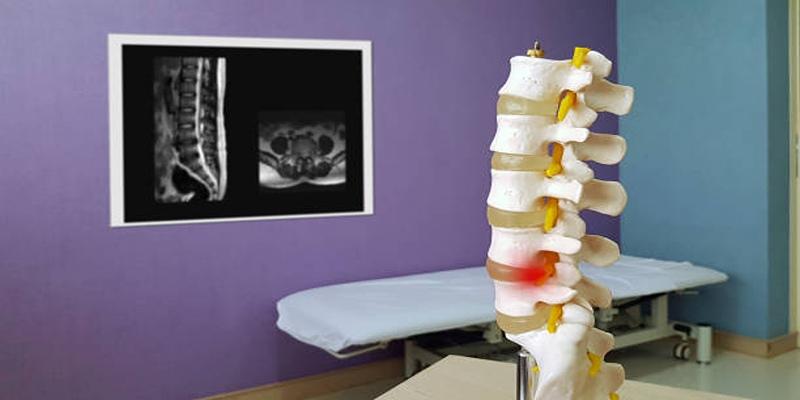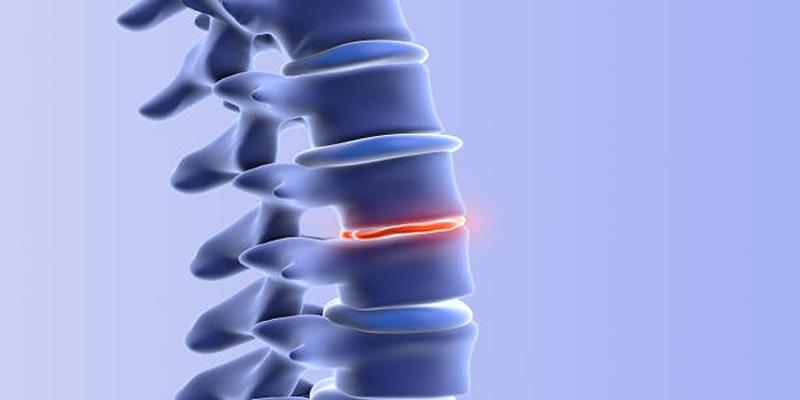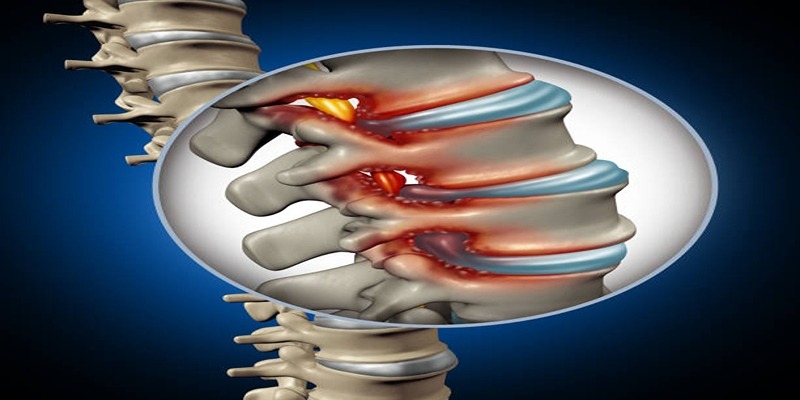Warning Signs of Spinal Stenosis You Should Know
Spinal stenosis is a condition that occurs when the spaces within your spine narrow, putting pressure on the nerves traveling through the spine. This can lead to discomfort and a range of symptoms that may impact your everyday life. Recognizing the early warning signs is crucial for seeking timely medical intervention and preventing further complications. From persistent back pain to numbness or weakness in the limbs, these symptoms should not be ignored.
What is Spinal Stenosis?

Spinal stenosis exists as a health condition that produces spinal space constriction that creates stress to spinal nerves. The spinal canal may decrease in width within any segment between the neck and lower back spine. Decreased spaces within the spine occur mainly due to aging processes like degenerative arthritis and herniated discs and ligament thickening although they can stem from birth defects or injuries or unrelated sicknesses.
Common Symptoms
Spinal stenosis symptoms can vary depending on the severity of the condition and the location within the spine. Below are some common symptoms explained in detail:
Pain and Discomfort
The spinal stenosis condition exposes individuals to painful sensations in their spine region while causing related symptoms throughout the arms and legs. The symptoms of pain vary in intensity yet worsen during times of standing or walking for long periods.
Numbness or Tingling
Spinal stenosis traps nerves causing the patient to experience temporary numb sensations or tingling along with pins and needles-like distinctions. The symptoms typically affect the hands and feet along with arms and legs which impair mobility along with dexterity.
Weakness in Muscles
Nerve compression from spinal stenosis typically weakens the muscles throughout the body especially those located in body regions affected by nerve compression. The weakness created by this issue worsens basic activities such as walking, stair climbing or object handling which impacts everyday activities.
Loss of Balance or Coordination
The lower back region affected by spinal stenosis will disrupt motor function along with equilibrium control. The increased frequency of losing stability creates higher threats for falling accidents and related injuries to occur.
Bladder or Bowel Dysfunction
Severe and advanced spinal stenosis particularly in the lumbar area might disrupt nerve signals that control bladder and bowel functions. The affected patient requires quick medical intervention because incontinence or problems controlling bladder functions occur.
Treatment Options
Treatment for spinal stenosis focuses on alleviating symptoms and improving quality of life. Depending on the severity of the condition, various approaches may be considered.
Non-Surgical Treatments
For many patients, non-surgical treatments are the first line of defense. These options include physical therapy, which helps strengthen the muscles supporting the spine and improves flexibility, reducing pressure on the spinal cord or nerves. Medications, such as nonsteroidal anti-inflammatory drugs (NSAIDs) or muscle relaxants, can help manage pain and reduce inflammation.
Surgical Options
When conservative treatments fail to provide relief, or if symptoms significantly impair daily activities, surgery may be recommended. Common surgical procedures for spinal stenosis include laminectomy, which involves removing part of the vertebra to relieve nerve pressure, and spinal fusion, designed to stabilize vertebrae by fusing them together. While surgery carries risks, it can be highly effective in reducing pain and restoring mobility for patients with severe cases.
Lifestyle Modifications
Making lifestyle adjustments can complement other treatments and help manage spinal stenosis symptoms. Maintaining a healthy weight reduces stress on the spine, while regular low-impact exercises, such as walking or swimming, help keep the back muscles strong and flexible. Proper posture and ergonomics in daily activities and using supportive devices like braces, if recommended, can also prevent symptom exacerbation.
Alternative Therapies
Some individuals find relief through alternative therapies, such as acupuncture, chiropractic care, or massage therapy. While these approaches may not address the underlying condition, they can help manage pain and improve overall well-being.
Preventative Measures

Taking proactive steps can help reduce the risk of developing spinal stenosis or prevent the worsening of symptoms. Here are some preventative measures to consider:
- Maintain a Healthy Weight: Excess weight places additional strain on the spine, increasing the likelihood of wear and tear over time. Adopting a balanced diet and regular exercise routine can assist in weight management, protecting the spine from unnecessary stress.
- Practice Good Posture: Proper posture minimizes stress on the spinal column. Be mindful of maintaining an ergonomic setup while sitting, standing, and sleeping to support the natural alignment of the spine and reduce strain.
- Engage in Regular Exercise: Low-impact exercises like yoga, swimming, or walking can strengthen the muscles supporting the spine and enhance flexibility. These activities also improve overall spinal health and reduce the risk of injuries.
- Avoid Smoking: Smoking impedes blood flow and reduces the delivery of essential nutrients to spinal tissues. Quitting smoking supports the health of intervertebral discs and improves overall spinal function.
- Lift Objects Properly: Improper lifting techniques can strain the back and cause injuries. Always use your legs to lift heavy objects, keeping your back straight and avoiding excessive bending or twisting.
Conclusion
Maintaining a healthy spine is essential for overall well-being and physical functionality. By adopting proper posture, engaging in regular low-impact exercises, quitting smoking, and practicing safe lifting techniques, you can protect your spine and reduce the risk of unnecessary strain or injuries. Prioritizing spinal health not only improves mobility and comfort but also contributes to a better quality of life. Take proactive steps today to ensure a strong and healthy spine for years to come.











